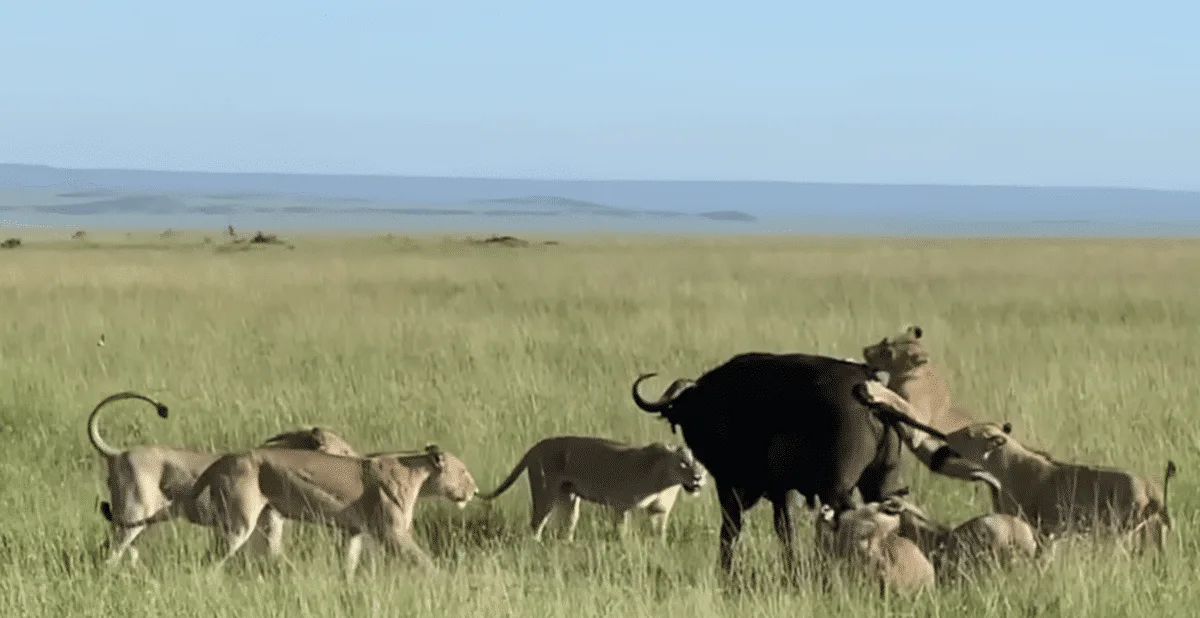On the 23rd of November 2023, in Kenya’s Maasai Mara National Reserve, an opportunistic pride of lions began their attack on a lonely buffalo. This wasn’t the case moments later.
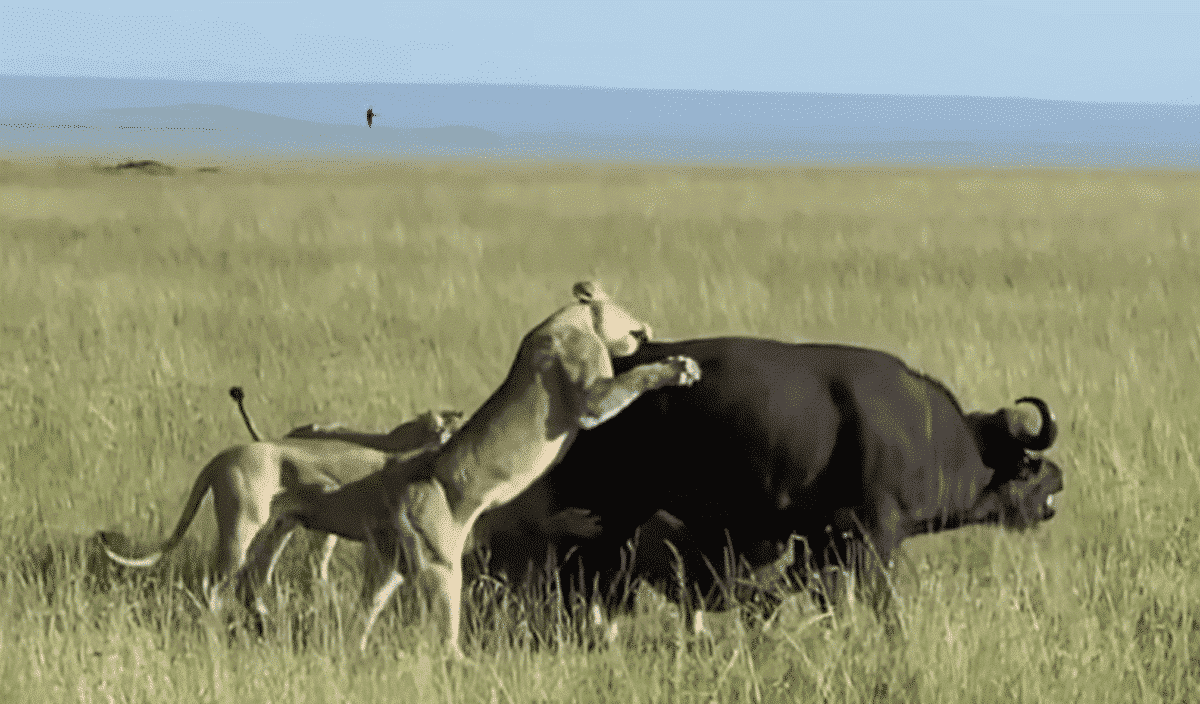
A sitting duck with no ability to outpace the pride, which included several cubs, a mother, and a father, all the unfortunate mammal could do was wait and hope while being assaulted by claws and razor-sharp teeth.
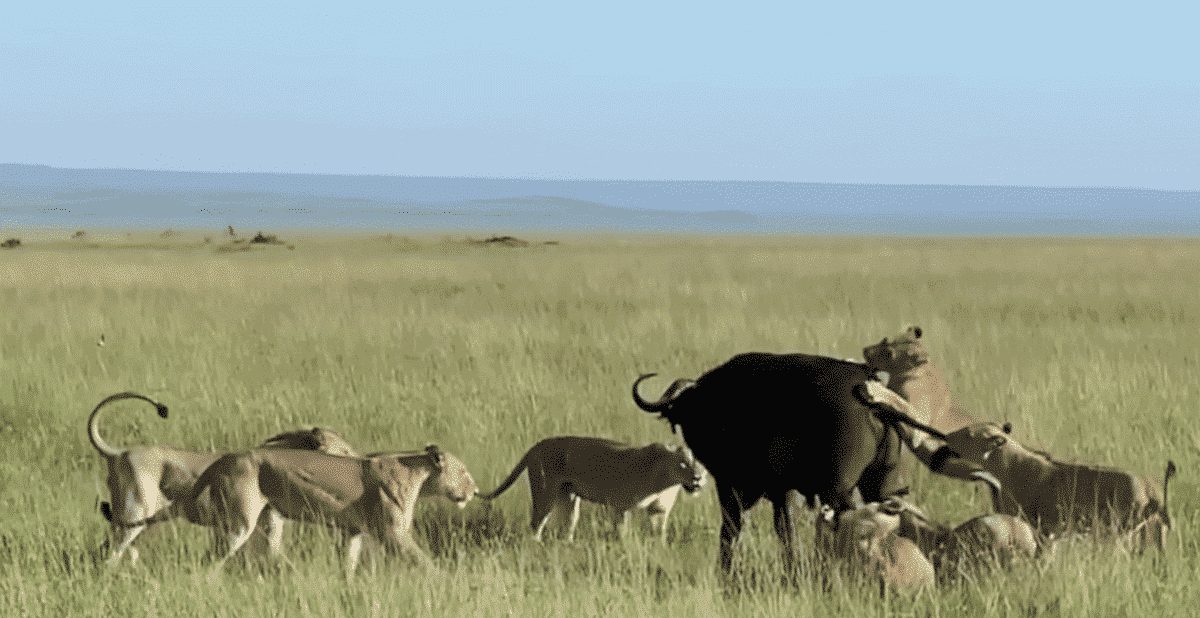
It looked like a certain victory for the big cats – but, ironically, the hunters soon became the hunted.
Traditionally, buffalo look out for one another, and if a member is in trouble, young or old, the entire gang circles back to overpower and defend; the same applies to cows, like a well-oiled army.
Watch This Miraculous Event Here
Characteristics of Buffalo
Herbivores with a diet cantered around grasses, their digestive system is well-adapted to process fibrous plant material, and they spend a significant portion of their day grazing. Buffaloes consume a variety of grasses, herbs, and shrubs, selecting vegetation that provides essential nutrients. Their robust digestive system enables them to extract nutrients efficiently from tough, coarse plant material.
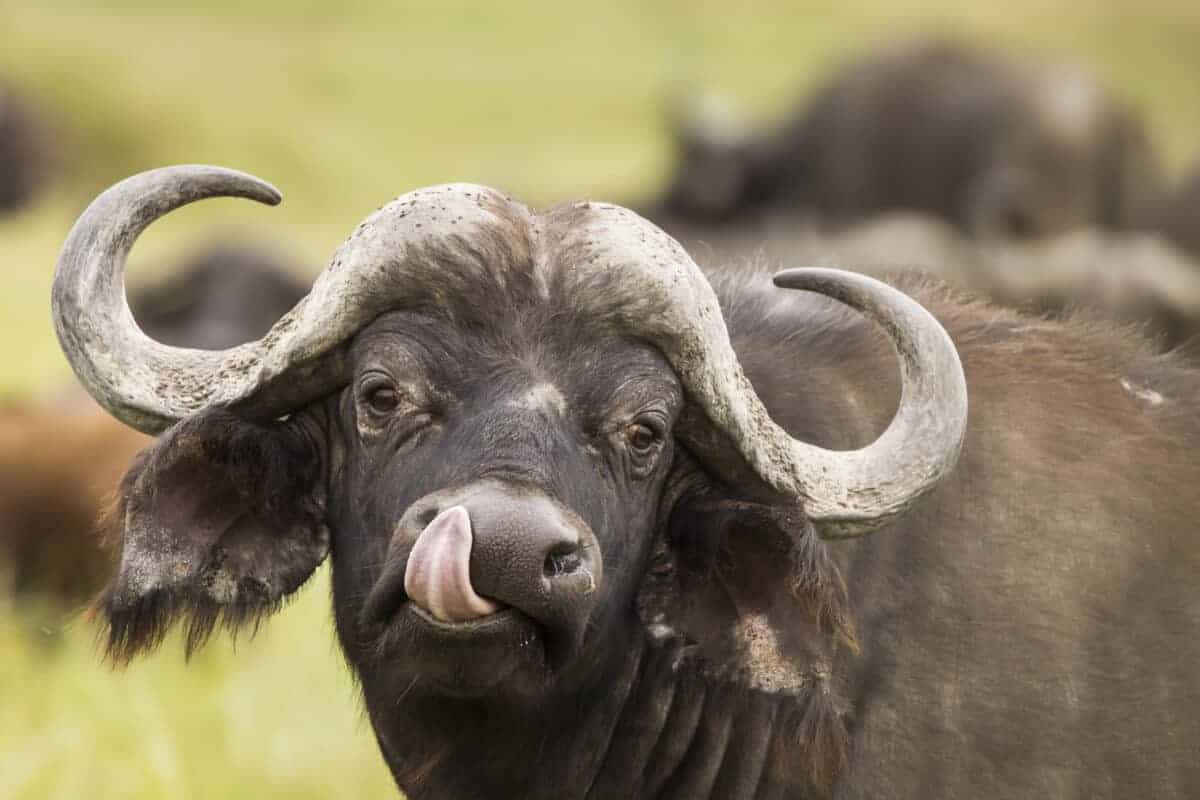
Contrary to being hunters, buffaloes are not known for actively pursuing prey. They are grazers rather than carnivores, relying on their bulk and herding instincts as a defense mechanism against predators. While they can be formidable in defending themselves, especially in groups, buffaloes are not considered predators in the traditional sense.
Buffaloes are social animals that tend to roam in groups, forming herds or gangs. The size of these herds can vary, but the group structure provides them with protection against predators. When faced with danger, buffaloes exhibit collective behavior, circling together to present a united front against potential threats. This cooperative strategy enhances their chances of survival, particularly against predators such as lions or wolves.
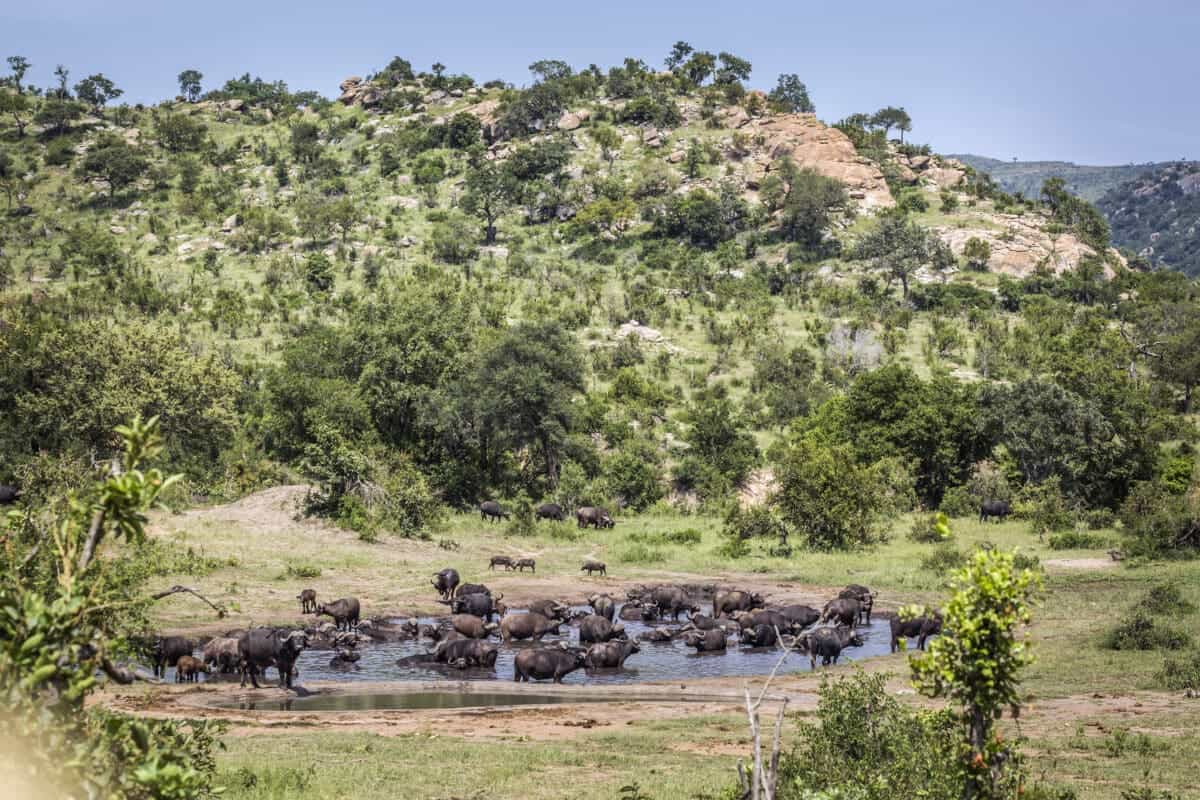
While buffaloes are not hunters in the carnivorous sense, their social structure and defensive behaviors contribute to their resilience in the wild, making them a vital component of various ecosystems.
Average Age of a Buffalo
Buffalo, also known as bison, typically have an average lifespan of 15 to 20 years in the wild. Their longevity can be influenced by factors such as environmental conditions, predation, and access to resources. In captivity, where they are protected from natural threats, buffalo can sometimes surpass 20 years of age. The challenges they face in the wild, including predation by wolves and bears, as well as competition for resources, contribute to a shorter lifespan compared to their captive counterparts. Despite these challenges, buffalo play a crucial role in maintaining ecosystems and are resilient survivors in various habitats.
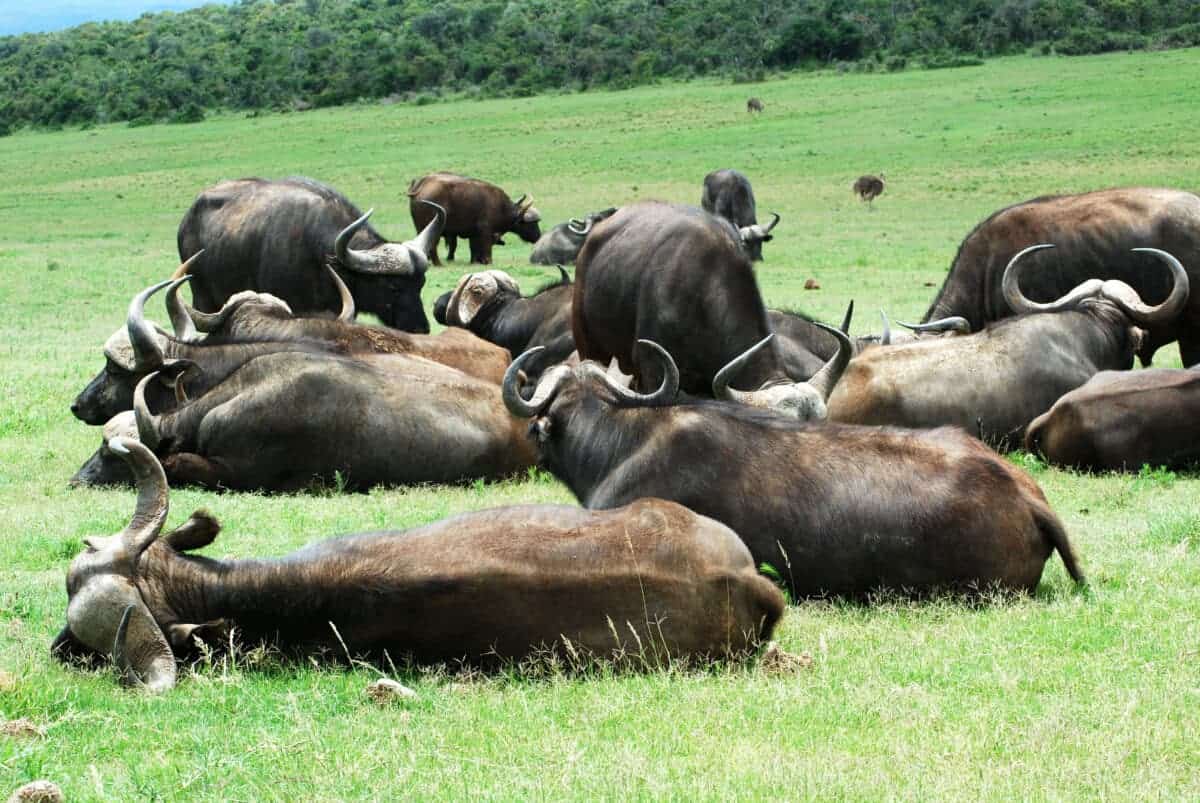
Join our Forum for free today!

- Second American Killed by Elephant in Zambia This Year - July 22, 2024
- Elderly Man Kills Grizzly Bear in Montana - July 22, 2024
- Missing Cat Found Weeks Later, 40 Miles Away - July 21, 2024

